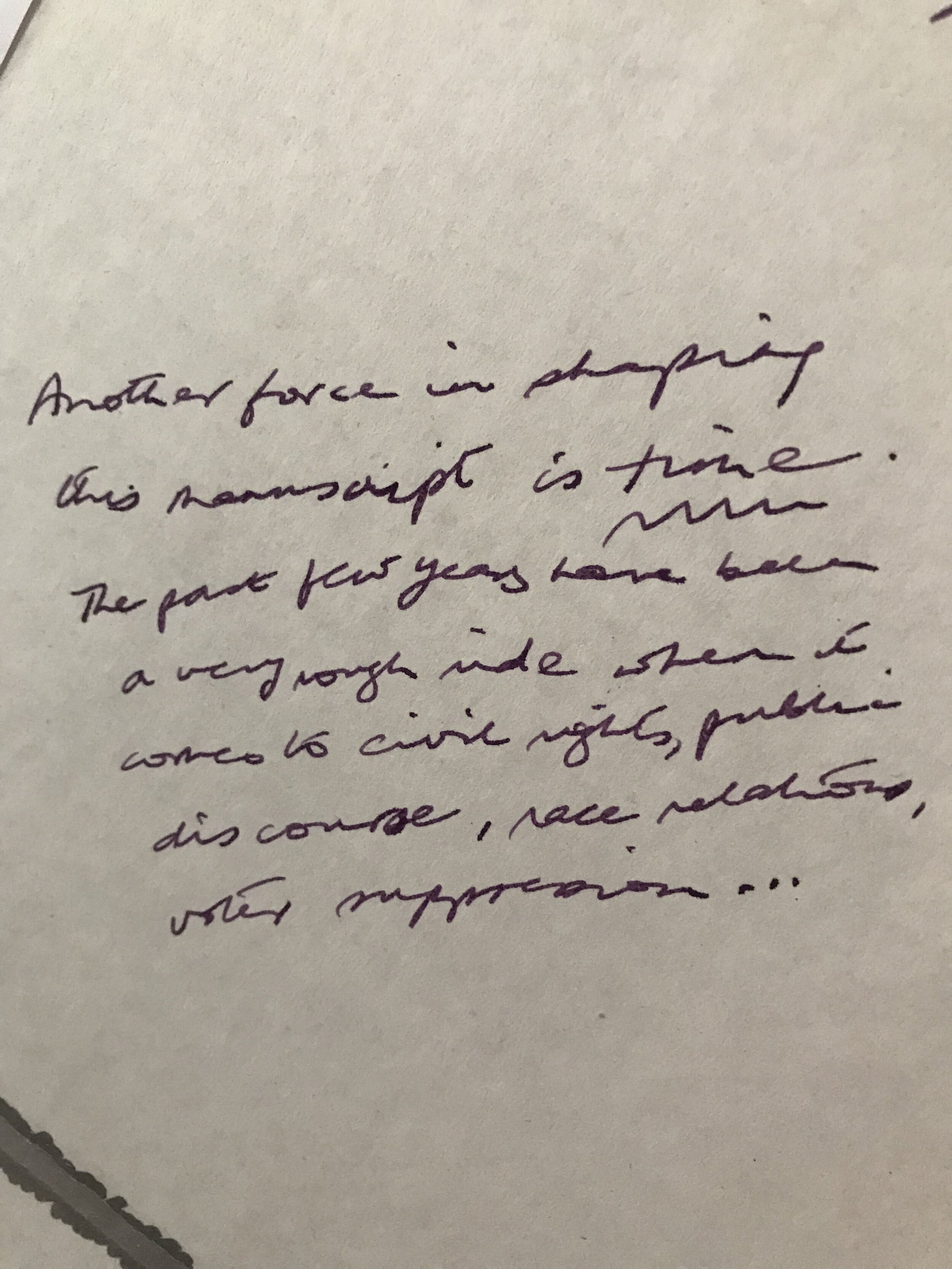The "I" and the Eye in Nonfiction
 I am emerging from a journey through a long tunnel. Five years long. A nonfiction tunnel that has involved two gut-and-rewrite revisions, a lot of ruminating on structure, story, the passage of time, and thesis--yes, thesis! Of which I can and will write more later, closer to the book's publication next year.What I can say now is that it's historical nonfiction, sweeping in scope, and I am exhausted from writing it, but in the best way. I have learned more than I could have imagined when the first glimmers of this project showed up on my horizon.Jan Priddy's post on Brevity's Nonfiction Blog sums up the creative part of creative nonfiction tidily. Priddy says:
I am emerging from a journey through a long tunnel. Five years long. A nonfiction tunnel that has involved two gut-and-rewrite revisions, a lot of ruminating on structure, story, the passage of time, and thesis--yes, thesis! Of which I can and will write more later, closer to the book's publication next year.What I can say now is that it's historical nonfiction, sweeping in scope, and I am exhausted from writing it, but in the best way. I have learned more than I could have imagined when the first glimmers of this project showed up on my horizon.Jan Priddy's post on Brevity's Nonfiction Blog sums up the creative part of creative nonfiction tidily. Priddy says:
The creativity is in the telling, not the story.
Which takes me back to Draft 1. It was earnest, packed with facts, burdened and burdensome in its effect. My editor asked me where I was in the draft? Who, me? I needed to be there. Yes. I did. I spent the next year or so trying to find myself in the narrative. I didn't have to be the expert in the content. That was not my role. What I needed to own was the voice, the viewpoint. In other words, I needed to employ my fiction writer's soul to find the story in the history I wanted to bring to the page.Here's what Jan Priddy says about that:
Beyond reporting, we locate ourselves in space, notice how the wind blows, push through dream and beyond to possibility. Observed closely, we may recognize our identity among our fellows and among that greater reality of nature, the life we have in common, the painful memory that triggers compassion, that joy and sorrow and lived truth. The writer’s experience can be startling.
And it was. By Version 2, I'd shed quite a few facts, and around 100 pages. By Version 3, I was starting to craft a thesis, a point to it all. I'd learned what it was the work was all about, what I wanted to say that no one else had said before in quite that way. I was figuring out how to bring to the page the electric charge that had wanted me to write this in the first place.Next, fold in research to find provenance and get permission to reprint photographs for the project. In that round, I found a whole new way to look at the work. The final manuscript began to coalesce around archival and contemporary photographs, maps, and a single brilliant cartoon. I learned the language of rights and permissions, and I began to learn how photographers on two continents and in two different decades saw the events of their time and chose to document them.As Priddy puts it, creative nonfiction "may alter our recognition of ourselves in the world beyond." I hope my book will do that for readers, as I know that writing it has done for me.